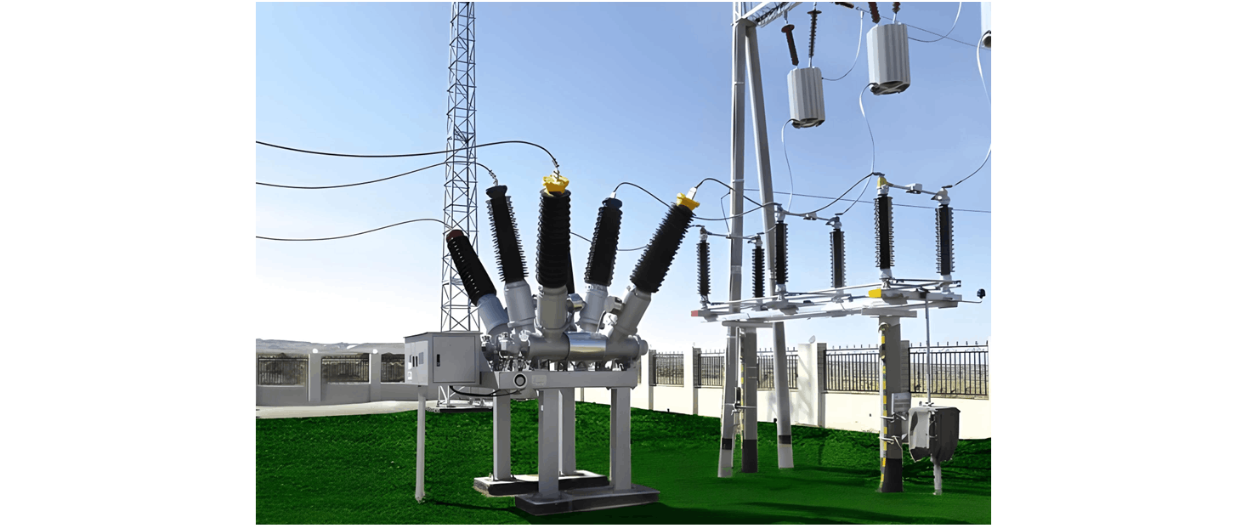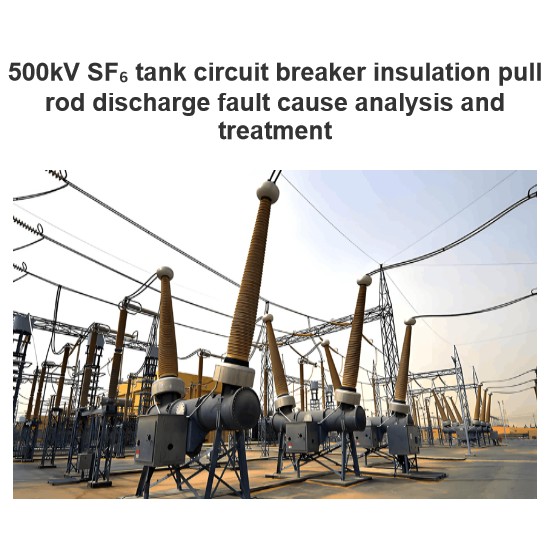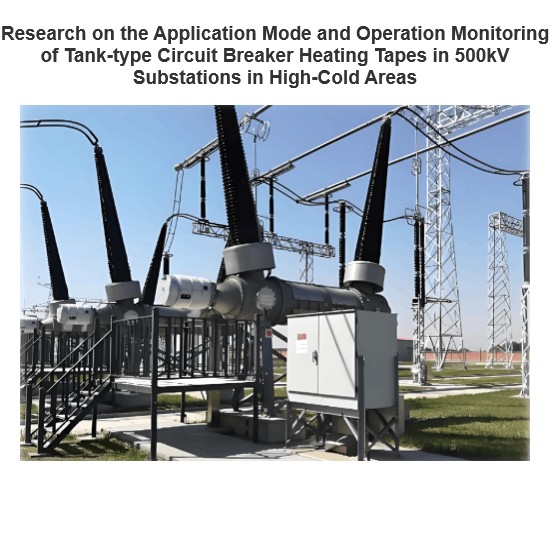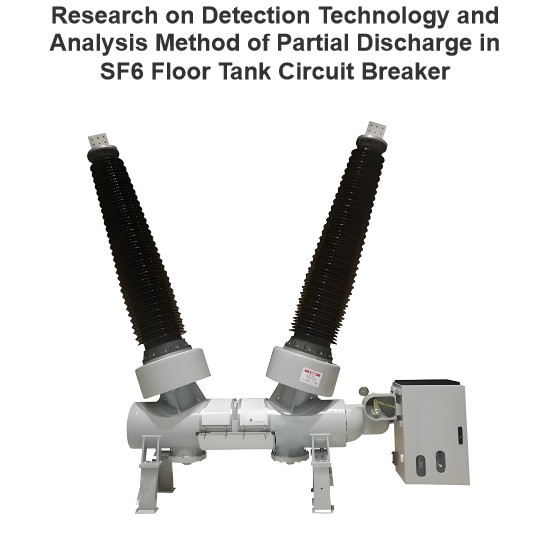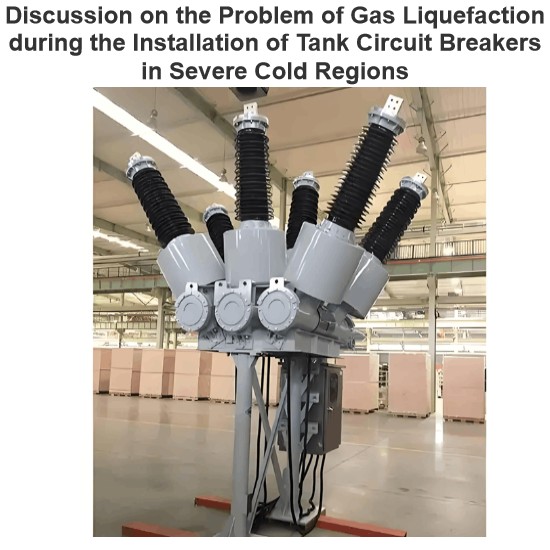Introduction
In the context of the African market, especially in Nigeria, the reliable operation of electrical equipment is of utmost importance for the stable development of the power industry. Tank - type SF₆ circuit breakers play a crucial role in power systems due to their excellent arc - extinguishing and insulating properties. However, like any electrical equipment, they are prone to failures. This paper presents a detailed case analysis of a tank - type SF₆ circuit breaker failure in Nigeria, taking into account aspects such as SONCAP certification and its implications for the market.
SONCAP (Standards Organization of Nigeria Conformity Assessment Program) certification is a mandatory requirement for electrical products entering the Nigerian market. It ensures that the products meet Nigerian industrial standards and are safe for use. The certification process involves product testing, factory inspections, and the issuance of a Certificate of Conformity, which is necessary for customs clearance.
Case Background
In a power substation in Nigeria, a tank - type SF₆ circuit breaker of a certain brand, which had obtained SONCAP certification, experienced a failure. The circuit breaker was part of a key transmission line, and its failure had the potential to disrupt the power supply to a large area, including industrial and residential consumers.
The circuit breaker was installed and commissioned a few years ago, and it had been operating relatively stably until this incident. Regular maintenance and inspections had been carried out in accordance with the manufacturer's recommendations, and all previous tests had shown normal performance.
Failure Incident Description
One day, during normal grid operation, a fault occurred on the line protected by this tank - type SF₆ circuit breaker. The protection system detected the fault and issued a tripping command. However, the circuit breaker failed to open completely as expected. Instead, there was an abnormal arc - burning phenomenon inside the breaker, and partial insulation damage was observed later.
Figure 1 shows a simplified diagram of the power system layout where the circuit breaker was installed.
The substation operators noticed unusual noises and temperature rises around the circuit breaker. Immediately, they initiated emergency procedures, including isolating the faulty circuit breaker from the grid as much as possible to prevent further damage and potential safety hazards.
Failure Analysis
Electrical Analysis
Through analyzing the fault records and waveform data from the substation's monitoring system, it was found that the fault current waveform was severely distorted during the incident. The current did not drop to zero within the expected time for the circuit breaker to effectively extinguish the arc. This was mainly due to the complex nature of the fault, which caused abnormal current flow patterns.
The SF₆ gas inside the circuit breaker, which is responsible for arc - extinguishing, also showed a decline in performance. Under normal circumstances, SF₆ gas can quickly recombine and restore its dielectric strength when the arc current crosses zero. However, in this case, the continuous non - zero current prevented the proper recovery of the gas's arc - extinguishing ability.
Mechanical Analysis
Upon visual inspection and further mechanical testing, it was discovered that some mechanical components of the circuit breaker showed signs of wear and tear. The moving parts, such as the contact arms and the operating mechanism linkages, had some minor deformations. These deformations might have affected the smooth operation of the circuit breaker during the tripping process, causing a delay in the separation of the contacts and thus prolonging the arcing time.
SONCAP Certification - related Considerations
Although the circuit breaker had SONCAP certification, a review of the certification process and the product's compliance with Nigerian standards was carried out. It was found that the product met all the specified requirements at the time of certification. However, during the operation in the Nigerian environment, factors such as the local power grid characteristics (e.g., higher harmonic content in some areas), temperature, and humidity variations might have influenced the performance of the circuit breaker.
In addition, the maintenance practices in the Nigerian substation were compared with international best practices. It was noted that while the basic maintenance procedures were followed, there might be some room for improvement in terms of more frequent and in - depth inspections, especially considering the harsh operating conditions in some parts of Nigeria.
Solutions and Preventive Measures
Repair and Replacement
The damaged components of the circuit breaker were identified, including some worn - out mechanical parts and the insulation materials that were affected by the arc. These components were replaced with new Upgraded Maintenance Strategies
A more comprehensive maintenance plan was developed for the circuit breaker and other similar equipment in the substation. This included more frequent inspections of mechanical components for wear and tear, regular testing of the SF₆ gas quality, and enhanced monitoring of electrical parameters such as current and voltage waveforms.
Training programs were also organized for the substation operators and maintenance staff. These programs focused on the latest international best practices for maintaining tank - type SF₆ circuit breakers, as well as how to deal with potential failures and emergencies more effectively.
Market - wide Considerations
In view of this failure case, for the African market, especially in Nigeria, it is recommended that more in - depth research be carried out on the adaptability of electrical equipment to local operating conditions. Manufacturers should consider providing customized solutions or additional instructions for products sold in regions with specific environmental and grid characteristics.
For the SONCAP certification process, it could be further improved to take into account the long - term performance of products in the Nigerian market. This might involve more follow - up inspections and performance evaluations after the products have been in operation for a certain period.
Conclusion
The failure of the tank - type SF₆ circuit breaker in the Nigerian power substation is a typical case that highlights the importance of comprehensive equipment management in the African market. While SONCAP certification provides a basic safeguard for product quality, continuous attention to the operation and maintenance of electrical equipment, as well as adaptation to local operating conditions, is essential.
By analyzing the failure from electrical, mechanical, and certification - related aspects, and implementing appropriate solutions and preventive measures, the reliability of power systems in Nigeria and other African countries can be significantly enhanced. This case also serves as a valuable reference for other similar projects in the region, emphasizing the need for a holistic approach to ensure the safe and stable operation of electrical infrastructure in the African market.

